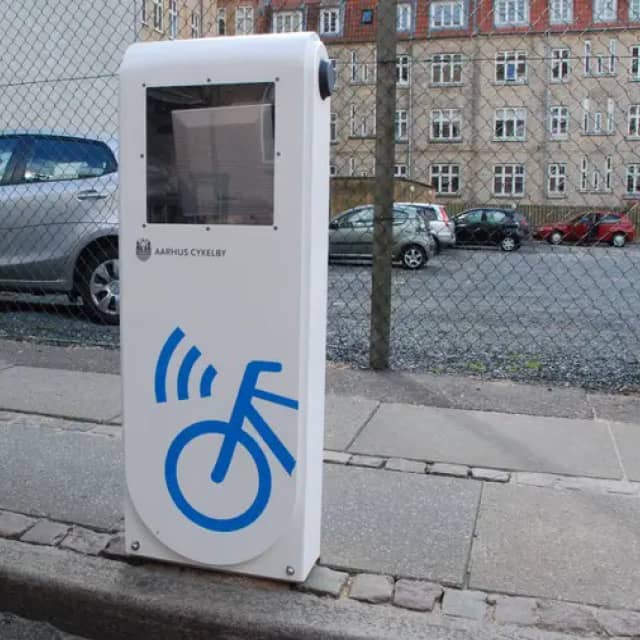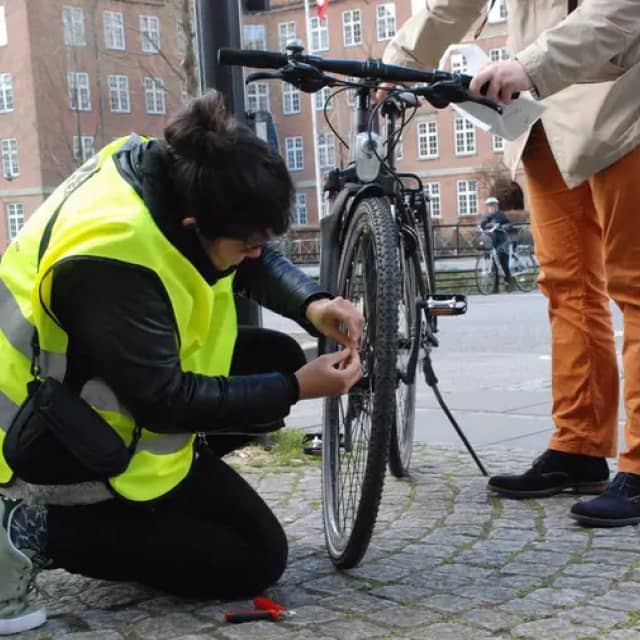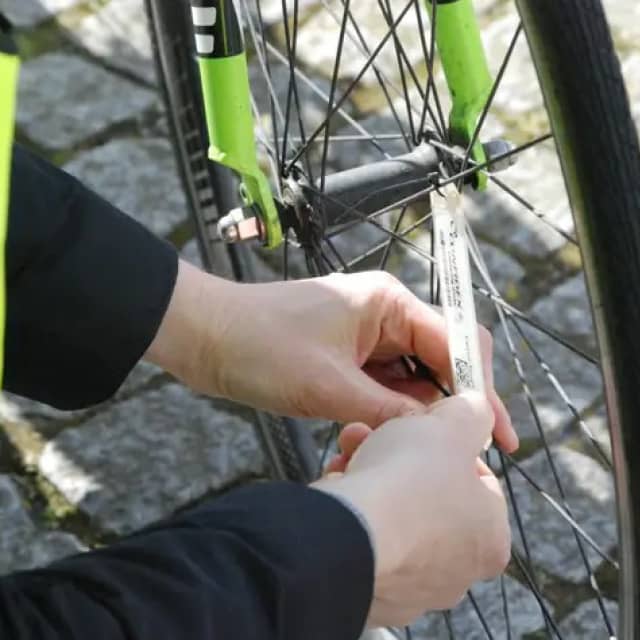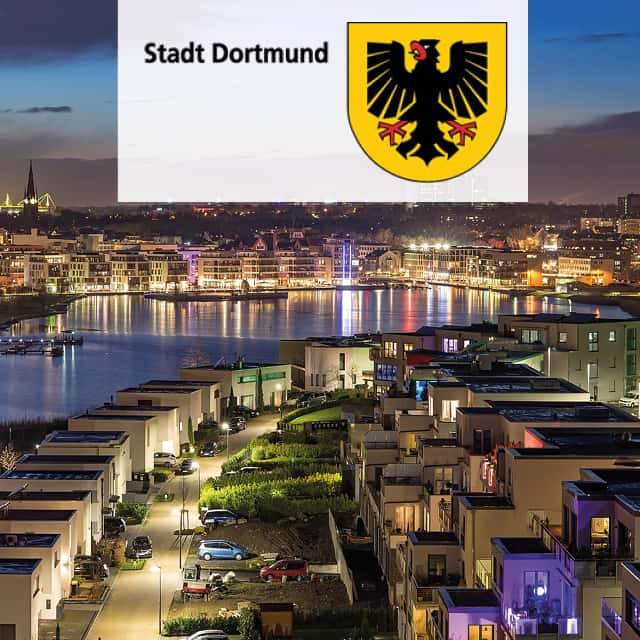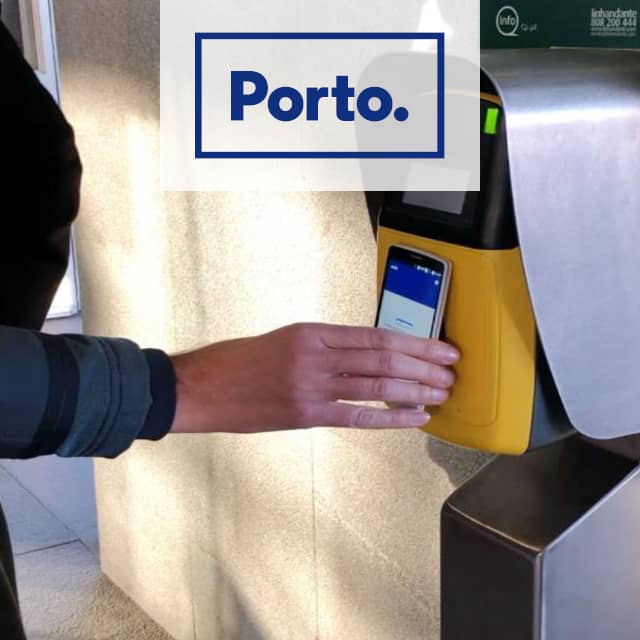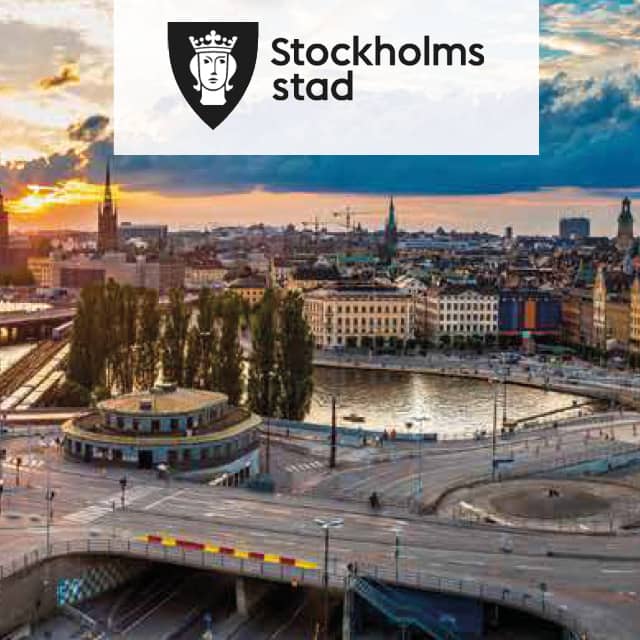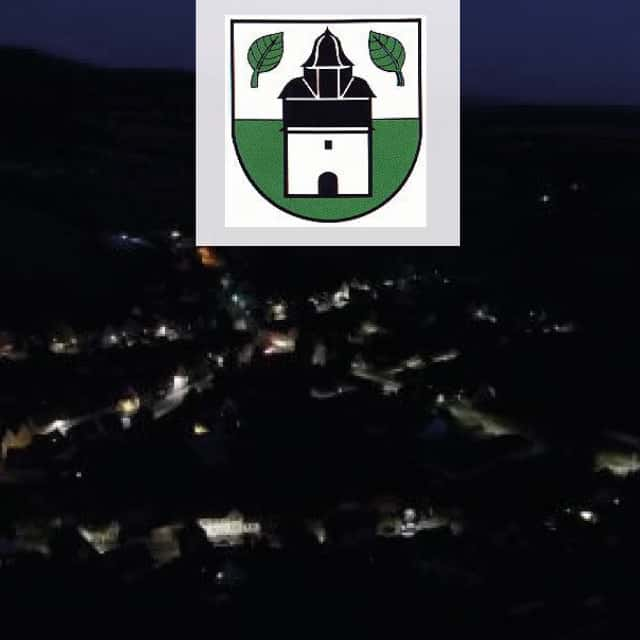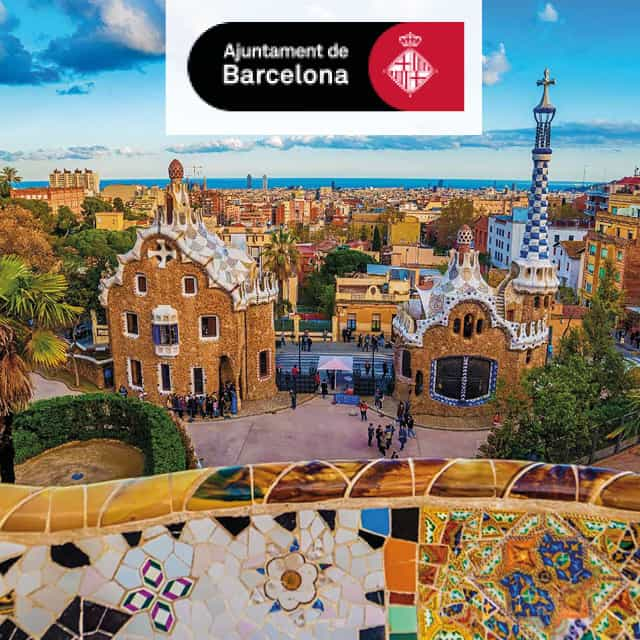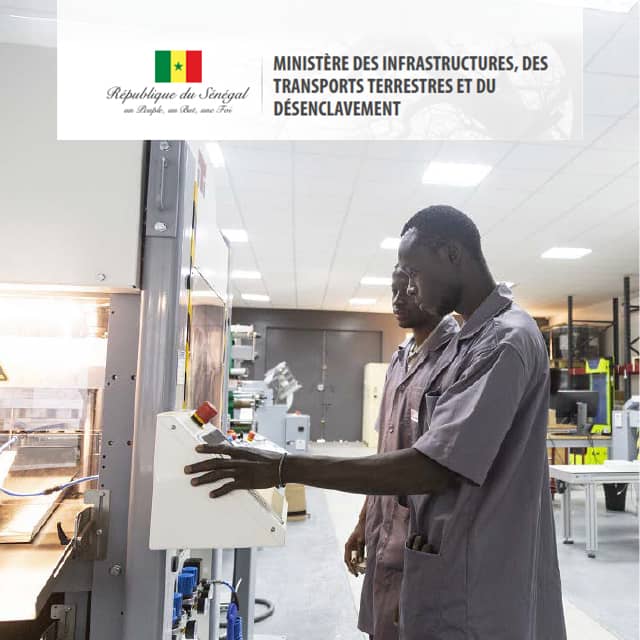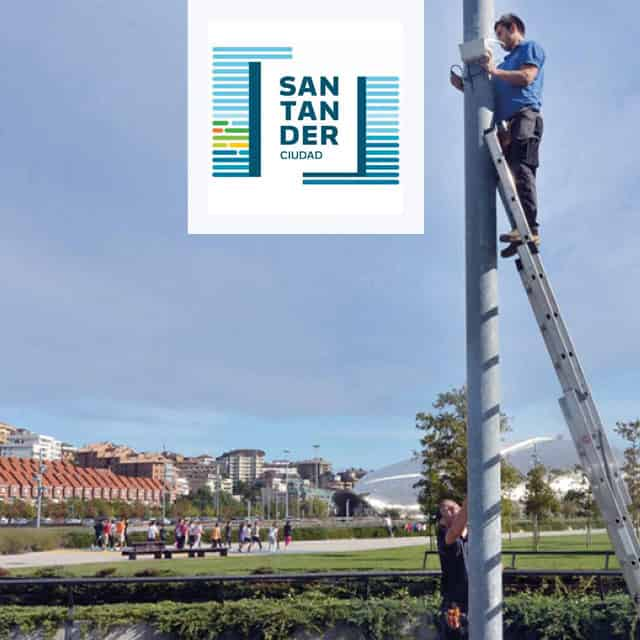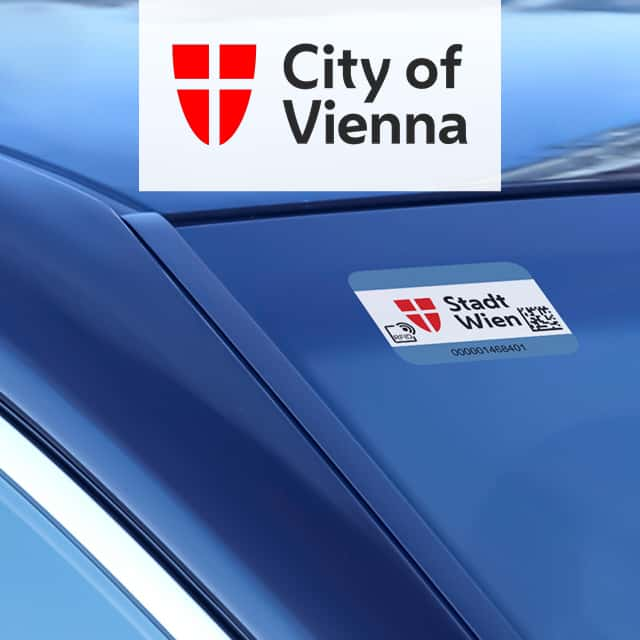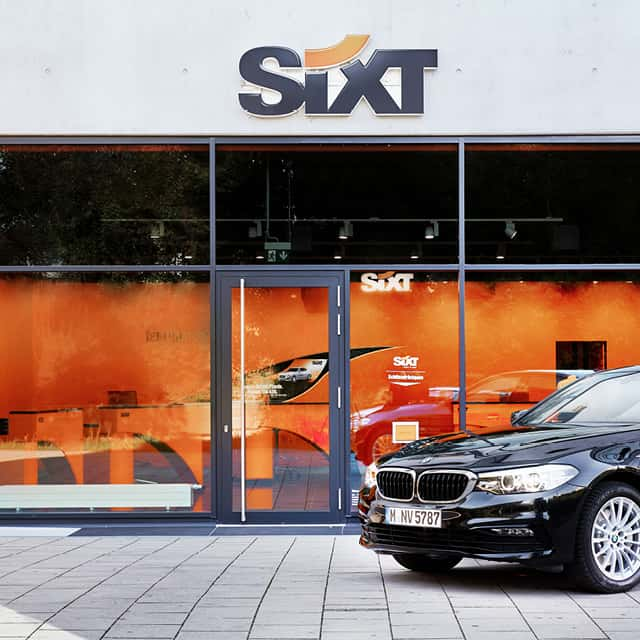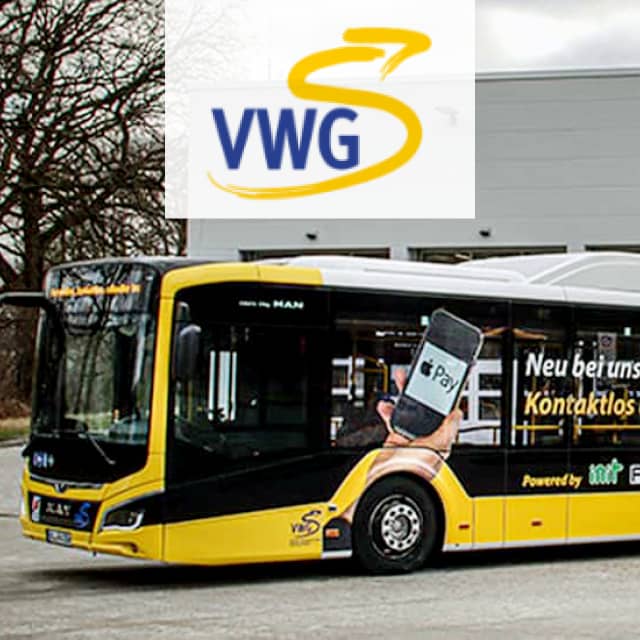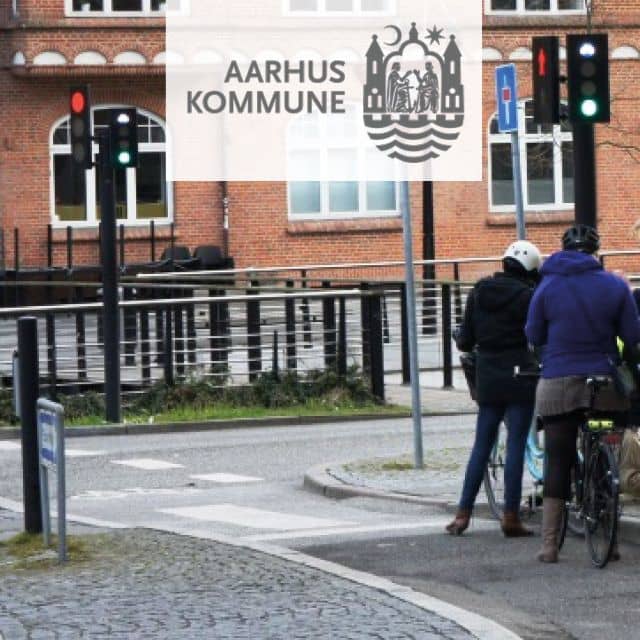
Cycling: Aarhus Uses RFID for Traffic Control
Nine out of ten Danes own a bicycle, while only four out of ten Danes own a car. The city of Aarhus intends to promote cycling even further.
At RFID-controlled traffic intersections in the city, cyclists are automatically given the green light when traffic conditions are appropriate.
Almost 40 percent of the 330,000 residents of the Danish city of Aarhus in the eastern part of the Danish Midtjylland region cycle every day. The city's bicycle network spans over 675 kilometers.
Process Requirements
Bicycles cause less congestion and emit no exhaust fumes. On narrow roads and through inner-city traffic flows that are designed for motorized vehicles, dangerous situations can occur when cycling or stopping at intersections. The city of Aarhus wanted to counteract this risk with an innovative solution - ecologically friendly, but also technologically state-of-the-art.
From a technological point of view, the main challenge for an energy-saving, radio-based solution is the high concentration of metal interference sources in road traffic.
Objectives
- Promoting and designing ecologically friendly transport options
- Minimizing safety risks for cyclists in road traffic
- Creating a bicycle-friendly infrastructure
Solution
In a first field test, RFID hardware was integrated at two road intersections. A reader including an antenna next to the bicycle lane registers RFID tags mounted on the bicycle before the cyclist reaches the intersection. If the traffic situation permits, the cyclist receives a green light. He/she can continue without stopping. The reader is mounted approximately 50 meters from the intersection so that the traffic light phases can be changed in time. As soon as a vehicle is in the intersection area, the traffic light phase is switched to normal.
In a second step, RFID reading points were integrated at five intersections along a twelve-kilometer bicycle highway from the suburbs to the city center. Since the readers are located outdoors, they are protected by a stable housing. The housings are designed in such a way that there is no interference with the UHF signals. In order to be able to use the solution, cyclists exchange their previous wheel reflectors for reflectors with integrated RFID tags. The RFID tags are issued to citizens free of charge and anonymously, the city administration does not record the names or addresses of users.
An accompanying study has shown that cyclists appreciate the advantages of traffic optimization, and that motorists are not additionally hindered. Furthermore, the traffic volume should decrease if more citizens switch to bicycles as a result of RFID integration.
Advantages
- Cyclists can use the solution anonymously and free of charge
- Transport concept promotes reduction of CO₂ emissions
- Reliable detection of bicycles even in heavy traffic or adverse weather conditions
- Establishment of equal rights and opportunities for car and bicycle drivers
- Safety of cyclists in road traffic is increased without significantly restricting car traffic.
Outlook
The RFID solution is to be continuously extended to other road intersections
Learn More
Questions? Get in contact with the editorial team!
Technologies
Application Fields


